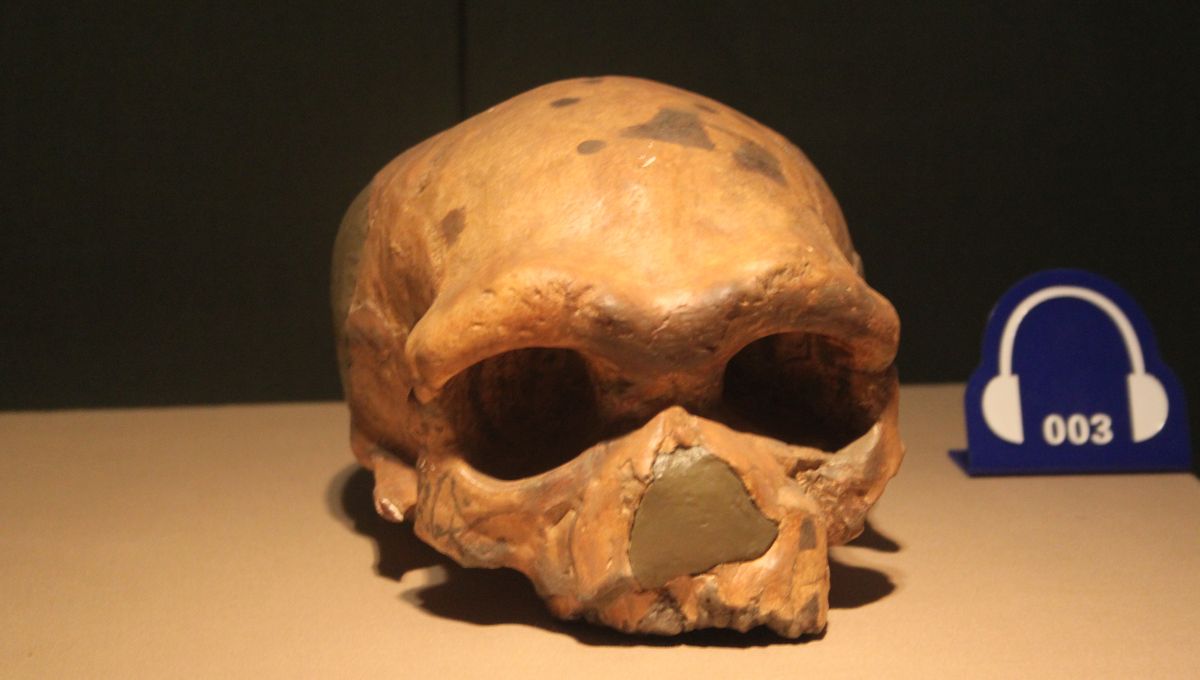
A prehistoric skull that was discovered in China in the 1970s probably belongs to a Denisovan, according to the results of a new study. Known as Dali Man, the specimen was previously the subject of a taxonomical debate and had been tentatively identified as either Homo erectus or an archaic Homo sapiens, yet now appears to display almost all of the hallmarks of our extinct sister lineage.
The rest of this article is behind a paywall. Please sign in or subscribe to access the full content.
First identified from DNA retrieved from a finger bone found in Siberia’s Denisova Cave in 2010, Denisovans are difficult to spot in the fossil record because we don’t yet have enough remains to know what they looked like. However, over the past 15 years, bits and pieces of Denisovans have been found across Asia, suggesting they probably occupied a wide range of habitats during the Middle Pleistocene.
The continent is also littered with the bones of morphologically ambiguous humans from this same period, many of which can’t be categorically assigned to any known species. As a result, the era is often referred to by anthropologists as the “Muddle in the Middle”.
To figure out how many of these may actually be Denisovans, the study authors looked at patterns of gene regulation within the Denisovan genome, and used this to identify 32 physical traits possessed by this long-gone hominin. All of these characteristics relate to aspects of skull morphology, and include attributes such as forehead height, head width, the size of the jaw socket, and the length of the palate.
To test the accuracy of this approach, the researchers used the same technique to try and reconstruct Neanderthal and chimpanzee morphological profiles, and found that their method was able to correctly predict more than 85 percent of these species’ physical characteristics.
They then scanned the Middle Pleistocene fossil record in search of specimens that matched the Denisovan profile, and found that Dali Man was a strong fit. Of the 18 traits for which the Dali cranium was assessed, 15 were well aligned with Denisovan values.
This finding follows the recent revelation that another ancient skull from China – nicknamed Dragon Man – was in fact Denisovan, after having been mistakenly classified as Homo longi since its discovery in 1933. When applying their method to this cranium, the authors of the new study found that it matched the Denisovan profile for 16 of 18 features.
At the same time, a skull found in Zambia in 1921 and known as Broken Hill Man showed affinity to both Denisovan and Neanderthal morphologies. The researchers therefore suggest that this specimen – which is generally considered to belong to the species Homo heidelbergensis – was probably one of the last common ancestors of these two ancient lineages.
Perhaps more significantly, however, the study authors say that their approach could help us to reliably classify many of the unknown hominins discovered around the world, thus finally clearing up the Muddle in the Middle.
The study has been published in the Proceedings of the National Academy of Sciences.
Source Link: Yet Another Ancient Human Skull Turns Out To Be Denisovan